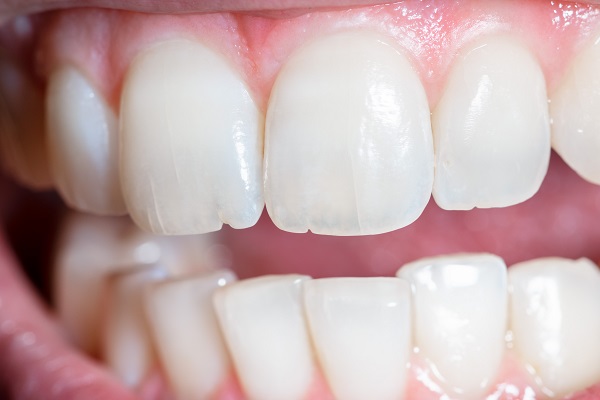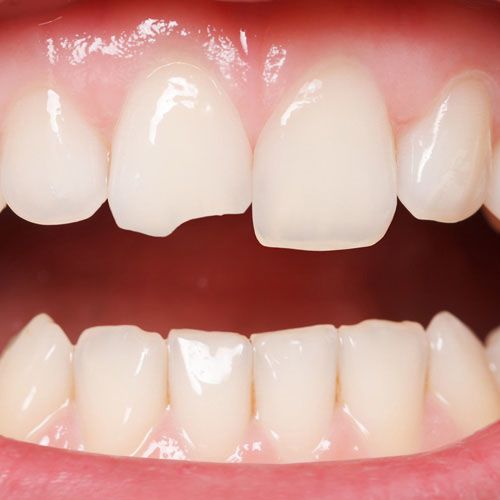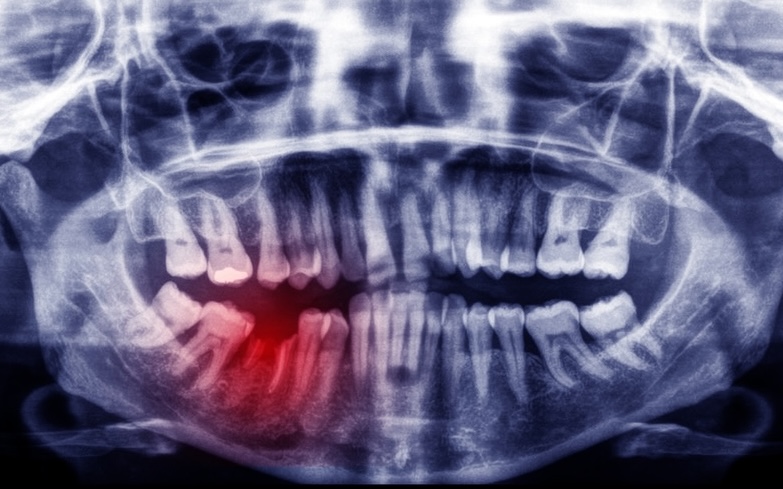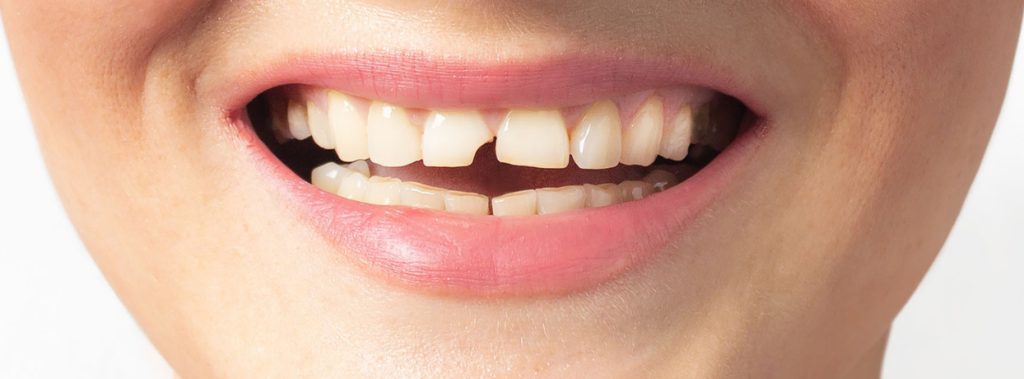Step-by-Step Guide for 3 Common Types of Chips
Chipped a tooth? Tooth chips are one of the most common dental injuries we see, and the good news is, there’s almost always a clear path to fixing it. Whether it’s a tiny chip you can barely see or a dental emergency that leaves you in pain, knowing what to do next can help protect your tooth and avoid bigger problems later.
In this guide, we’ll walk you through the three most common types of tooth chips we see in our office, and exactly what steps you should take for each one.
Type 1:
Tiny, Hardly Noticeable Chip

What it looks like:
You might only notice it when you run your tongue over the edge of your tooth or catch it in the mirror at the right angle. It doesn’t hurt and isn’t sensitive to hot or cold.
-
Call your dentist to schedule an exam. Even small chips can create rough edges that collect plaque or irritate your tongue.
-
Treatment: In most cases, we’ll simply smooth and polish the area so it feels comfortable and blends in with your natural tooth. No bonding or filling is needed because the chip is too minor to securely hold restorative material.
Type 2:
A Third to Half of the Tooth Is Missing

What it looks like:
This is the most common type of chipped tooth we treat. You might feel sensitivity when you eat or notice a sharp edge where the break occurred.
-
Call your dentist as soon as possible. A larger chip leaves your tooth vulnerable to infection or nerve damage.
-
Treatment:
-
We’ll bond and splint the tooth to keep it stable.
-
Over the next few months, we’ll monitor the nerve to make sure it stays healthy. If the tooth starts to turn gray (a sign the nerve is dying), we’ll perform a root canal.
-
If needed, we’ll do internal bleaching to restore the natural color.
-
Finally, we’ll place a custom crown so your tooth looks like nothing ever happened.
-
Type 3:
The Emergency

This is the most severe type of chipped tooth. It often happens from a fall, car accident, or sports injury. The tooth may be shifted out of place, fractured to the root, or extremely painful.
What to do immediately:
-
Go to the emergency room right away, especially if:
-
Your tooth is pushed out of position or loose
-
You have severe pain or bleeding
-
You suspect a jaw or facial bone is broken
-
-
Get stabilized. Doctors will take X-rays and address any urgent injuries, like broken facial bones.
-
Follow up with your dentist as soon as you’re cleared medically.
-
After you’re stabilized, we’ll assess your tooth and develop a plan. Depending on the damage, this may include splinting, root canal treatment, or in some cases, removing the tooth and replacing it with an implant and crown.
-
Watch: What To Do If You Chip Your Tooth
In this video, Dr. Washington walks through what to do immediately after chipping your tooth, how we evaluate it in the office, and what your treatment might look like—from simple polishing to full restorations.
https://youtu.be/bFnNM61kdr4
When in Doubt, Call Your Dentist
No matter how minor or severe the chip looks, it’s always a good idea to have your tooth examined. Small cracks can worsen over time, and prompt care helps prevent infections, nerve damage, and long-term complications.
At Washington Metro Dental, our goal is simple: Restore your smile so it looks like nothing ever happened.
If you’ve chipped a tooth, call us today to schedule an appointment.


